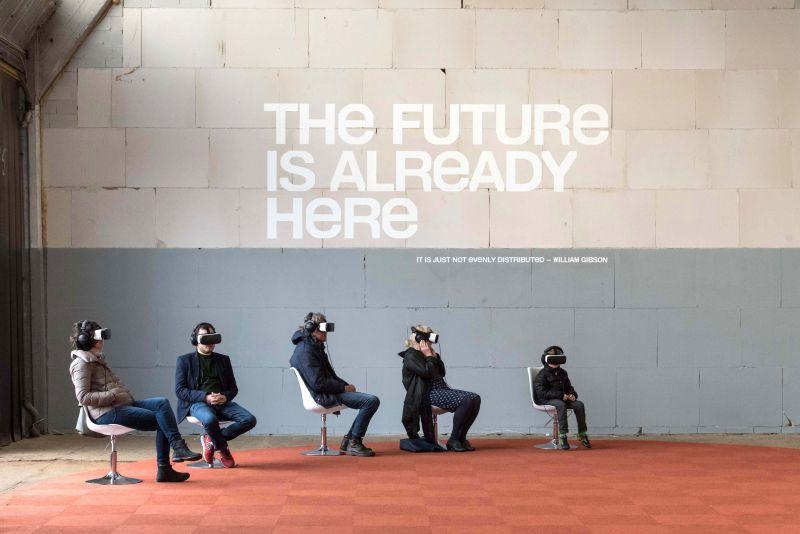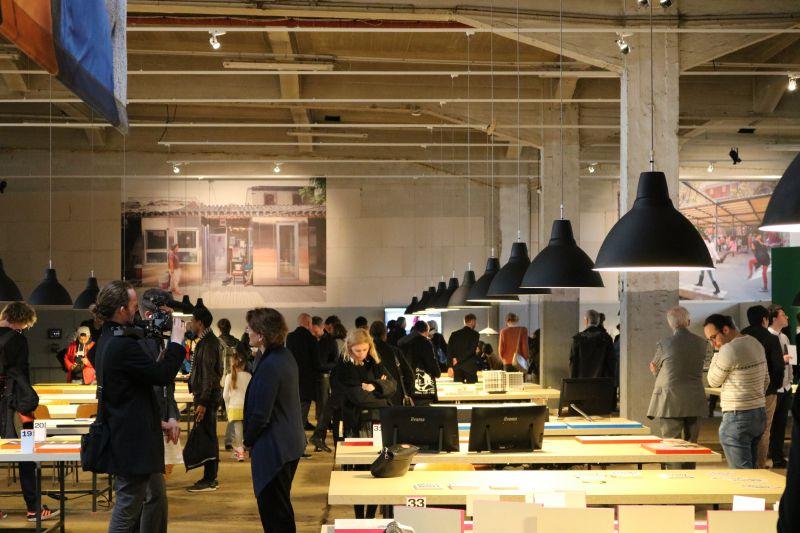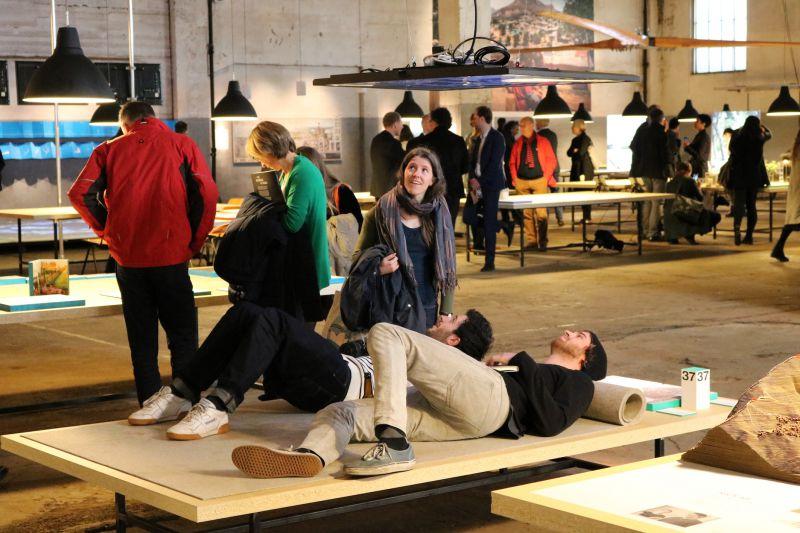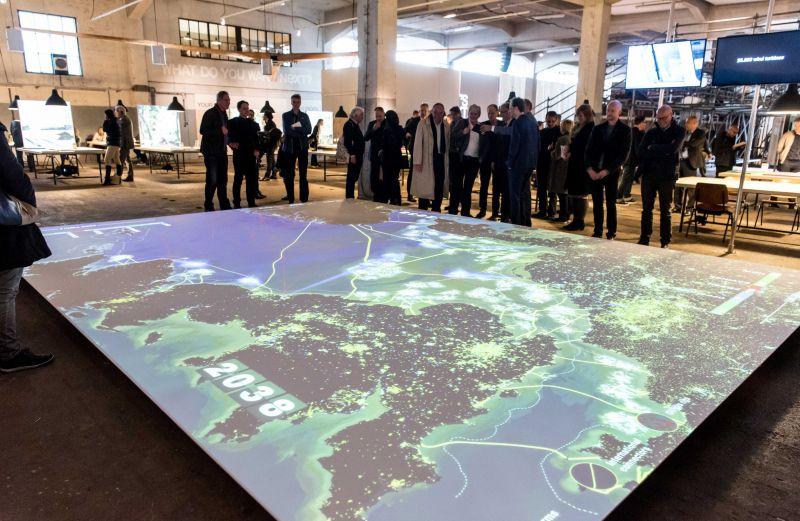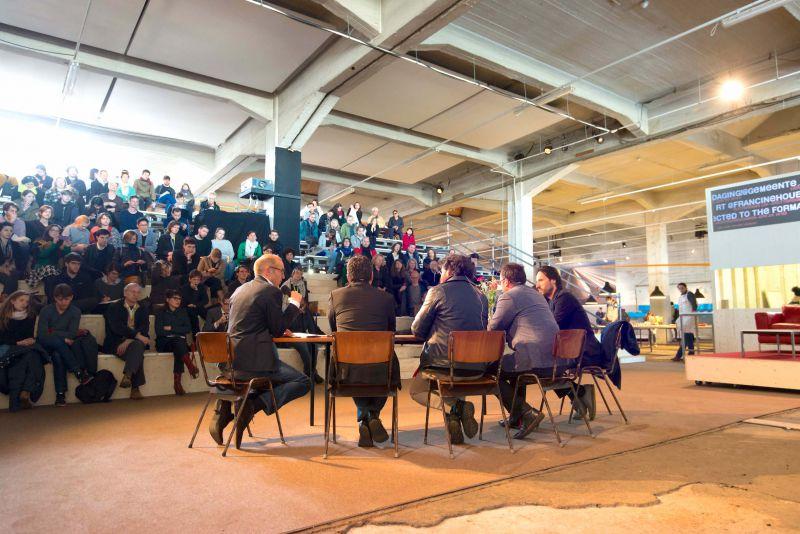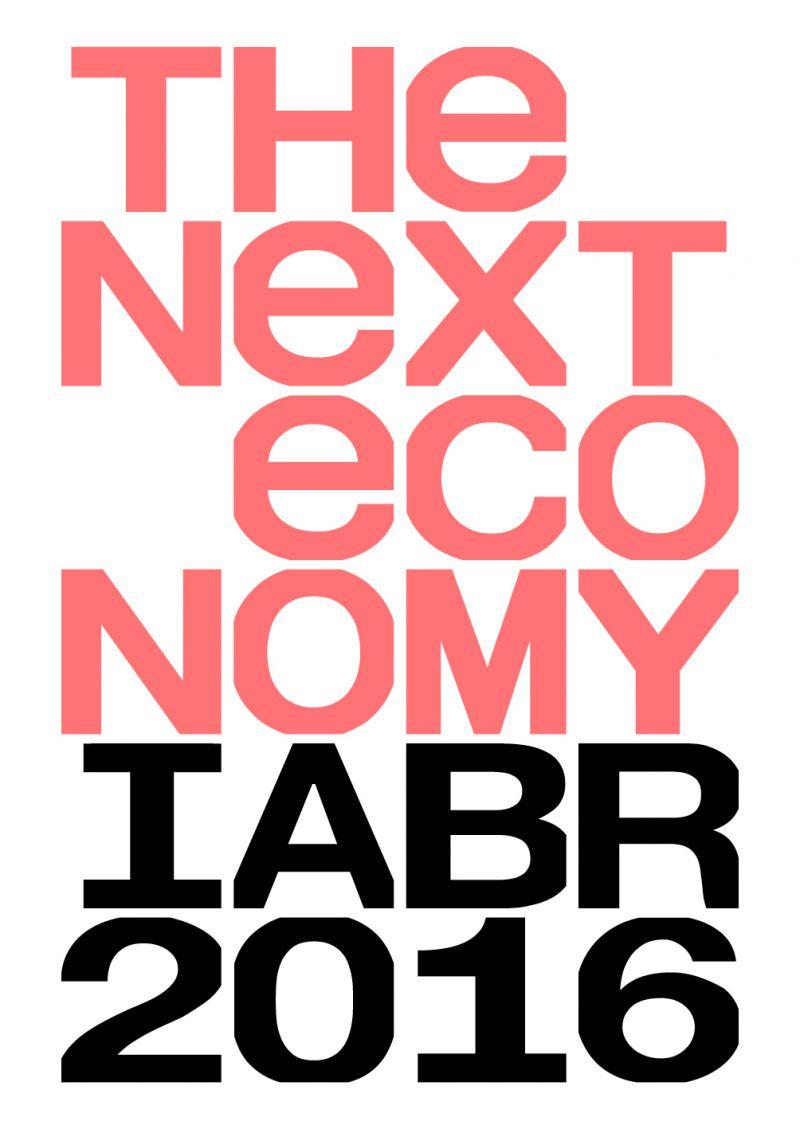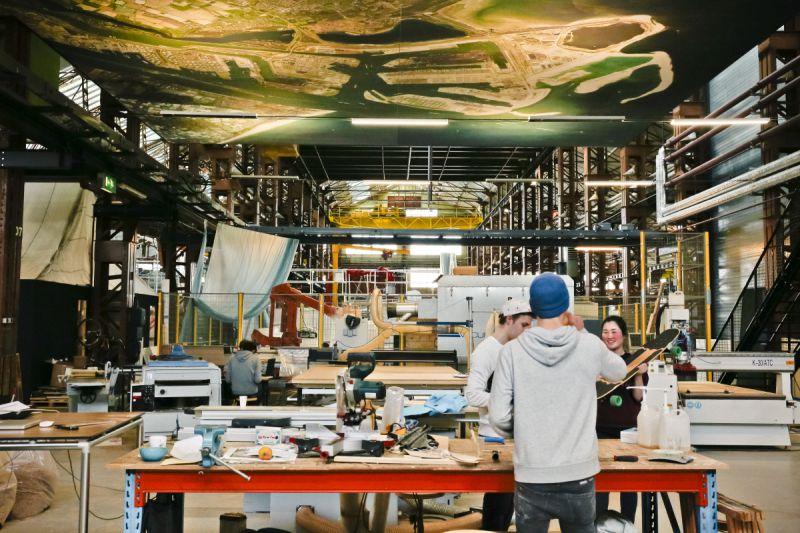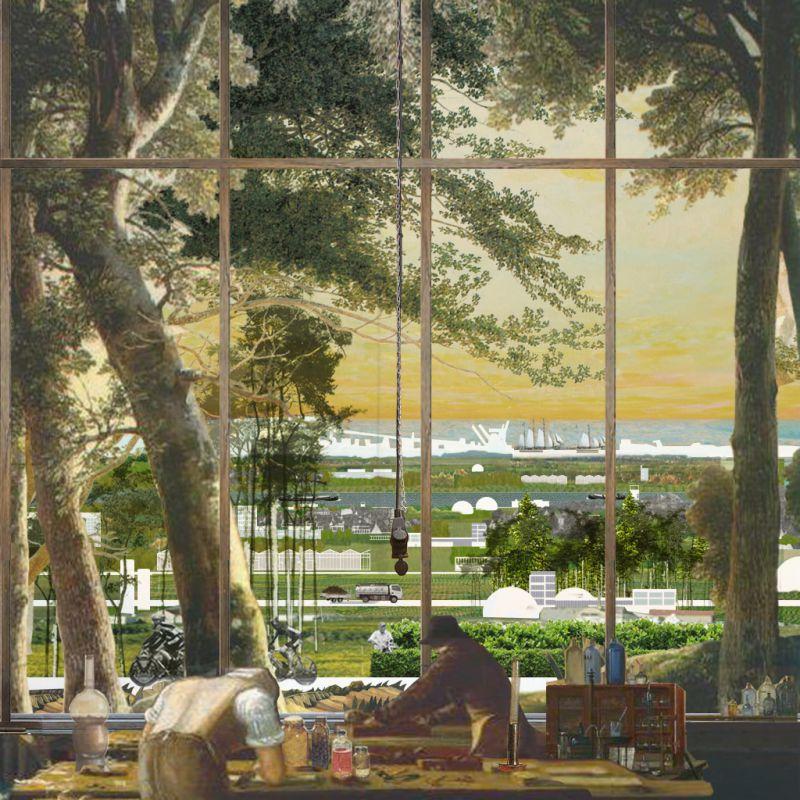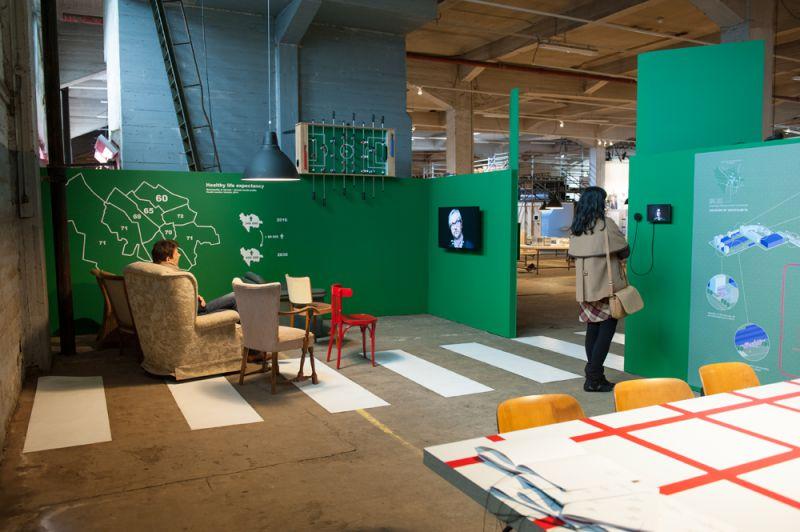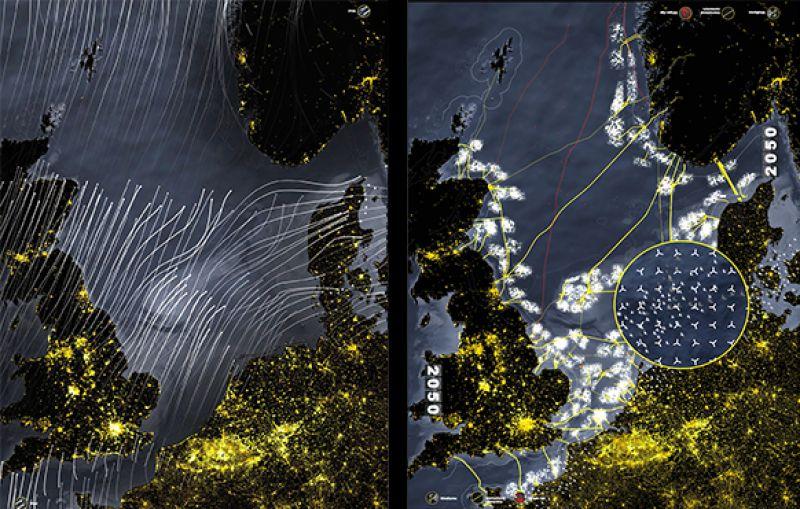In the main exhibition of IABR 2016: Next Economy more than 60 projects were on show, some the result of research by design in IABR–Ateliers, some gathered through an international Open Call, and some produced especially for the Biennale in collaboration with national and international partners.
Projects from all over the world explored new combinations of living and working, alternative production chains and a smarter balance between the formal and informal city, harnessing ‘smart’ technology for a socially inclusive agenda. From radical scenarios for the energy transition to examples of experimental, collaborative area development, and from mega-projects on the North Sea and in Africa to local initiatives in South America, China, and Rotterdam.
